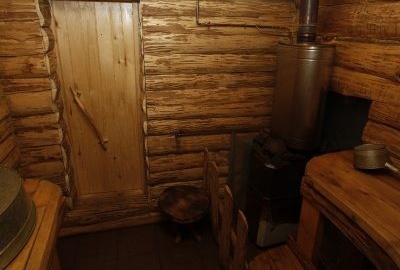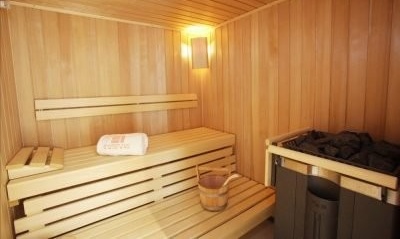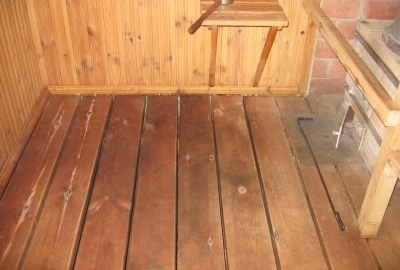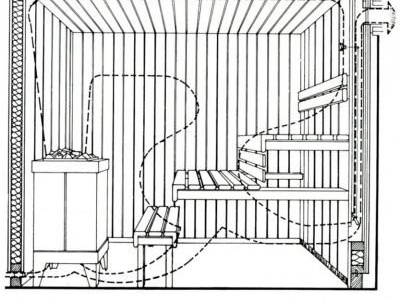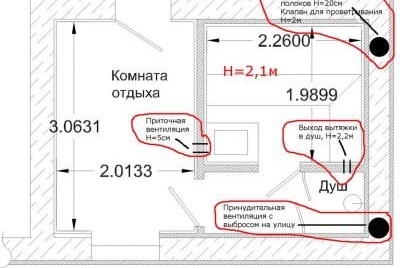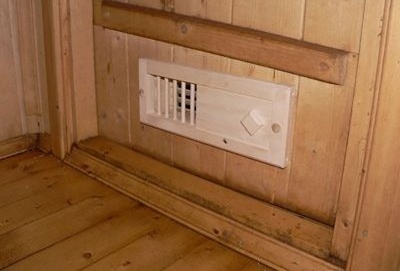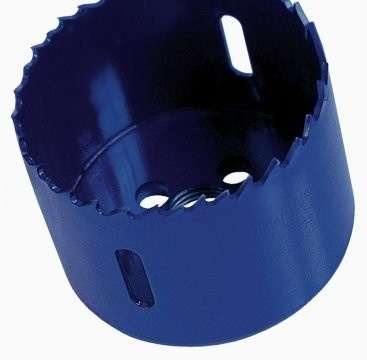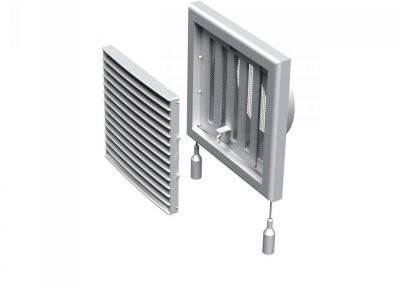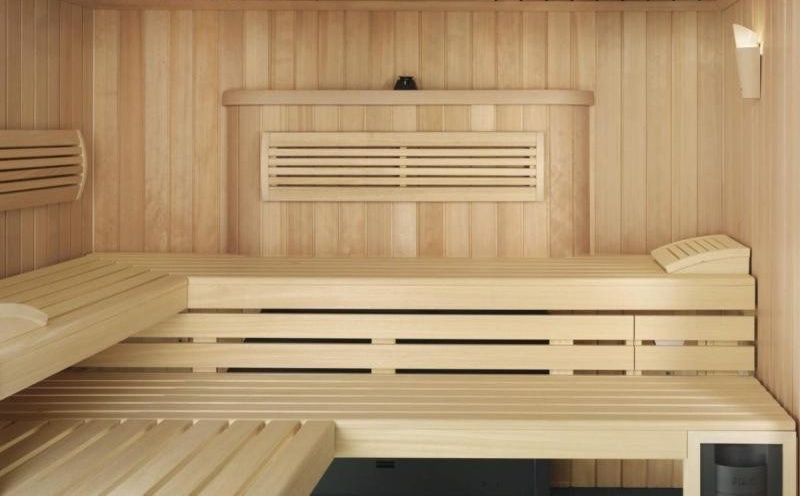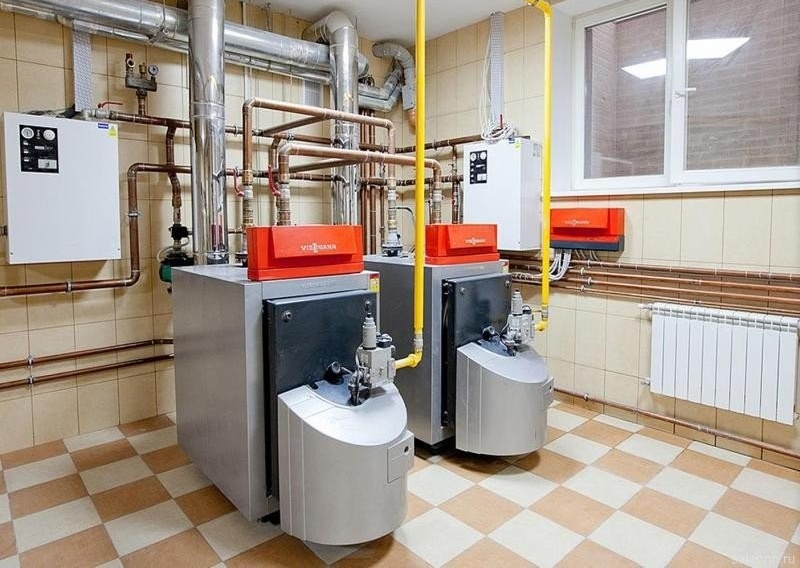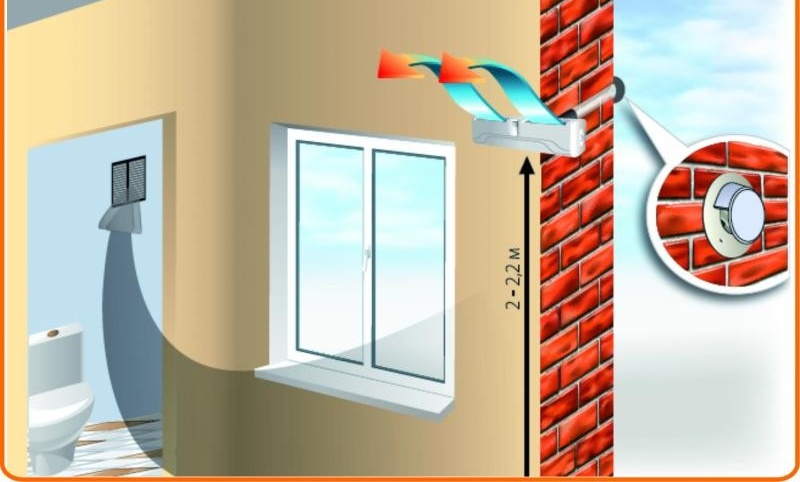DIY ventilation in the bathhouse
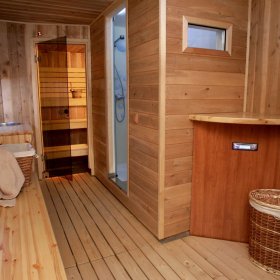
Why do I need a ventilation system in a Russian bath? Here is a simple explanation: indoor air with hot steam surrounds you. When breathing, a person consumes oxygen and emits carbon dioxide. Therefore, in the absence of normal ventilation, you can simply suffocate from a lack of oxygen. Professional builders often say that in a brick-built bathhouse a ventilation system is not required. But this does not mean at all that air flow outside is not needed at all, but indicates the presence of its natural circulation and that additional costs for providing oxygen to the room are not required.
Content
The need for ventilation in the bath
In those days when the very concept of “ventilation” did not exist yet, the baths, as well as all other buildings, were built without using any special measures to ensure the influx of fresh air. But there were objective reasons for this. The main material during the construction then was wood, the lower part of the crown was free. In this case, air entered the bathhouse through the cracks between the logs. Regulated the temperature inside the bath simply - opening or closing the door. In such a simple and fairly effective way, they provided ventilation in the bath our ancestors.
At present, when building baths, other building materials and technologies are often used, which leads to a different approach to the arrangement of engineering systems. If you do not initially provide for a ventilation system in the design of the bathhouse, negative consequences may be felt in the very near future. First of all, this is the premature destruction of materials that provide thermal insulation of rooms. When ventilation has low efficiency, in a rather short time it will be necessary to replace both the insulation and the facing materials of walls and floors.
The change in air temperature over a wide range and its high humidity are the main factors determining the wear of the materials used. In addition, an unpleasant odor may appear, since the existing microclimate inside the bath contributes to the appearance of mold and fungi. Without the use of chemicals, it is impossible to remove this smell, but their use in the bath is unacceptable.Well and most importantly, in the absence of an influx of a sufficient amount of air outside, the concentration of carbon monoxide (carbon monoxide) and carbon dioxide (carbon dioxide) increases rapidly, and this, as we have already said, can lead to poisoning of people.
Putting it all together, you can easily understand that instead of the healing effect, the opposite result is obtained. The above factors are enough to prove the importance of an effective ventilation system in the bath.
Rules for arranging ventilation in the bath
The following schemes of ventilation systems are used:
- natural, in which the occurrence of air movement is due to the presence of a natural pressure drop outside and inside the room;
- mechanical, which is created by special devices operating in automatic mode;
- combined, arising from the pressure drop created by supplying excess air to the fan.
At the same time, it is necessary not only to supply air inside, but also to remove it from the room, which is ensured by the installation of ducts in the opposite side from the inflow channel.
A ventilation system is also required in other areas of the bathhouse, such as a shower room, dressing room and relaxation room.
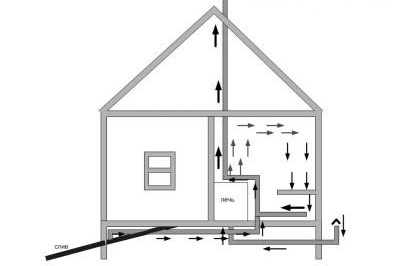
Natural ventilation occurs due to the fact that cold air outside the room displaces warmer, and it goes up through specially created channels
The floor must also be ventilated due to the fact that moisture always gets on it. If you haven’t done good ventilation, get ready to change it every 4–5 years. To ensure a long service life, it is necessary to perform vents in opposite corners of the base, as well as ventilation openings in opposite walls to ensure the inflow and outflow of air. To protect against rodents and other small animals, cover vents in the floor and openings in the walls with grills. When installing the furnace, be sure to ensure a level of a clean floor above the blower of the furnace, thereby creating an exhaust effect. Flooring must be done with slots between the boards of at least 5 mm. And after completing the use of the bath, it is necessary to dry the room.
One of the popular methods is ventilation according to “Bast”, when fresh air enters through the hole under the stove, and is removed through the hole under the ceiling, located opposite the doors. In this case, a box made of wood sheathed with foil is used.
With any version of the ventilation system, certain rules always work, ensuring full air circulation and a high level of microclimate comfort. One of the simplest options is to install two channels - the input and output, the cross-section of which is determined based on the following requirements: for each square meter of floor space, a channel with a cross section of 24 cm is required2. Very often, experts deliberately underestimate the cross-section of the channels, explaining this step as a decrease in heat loss. However, this entails only a violation of the normal ventilation. To accelerate the outflow of air, it is allowed to install two exhaust ducts or one trunk of a larger cross section. Channels can be located either opposite each other, or on the same wall, but in different angles.
In the process of preparing the bath, a large air circulation is not required, as this reduces the rate of heating of the premises. To reduce it, install plugs on the channels or close the dampers.
In the case when materials with high breathability are used, floor boards should be laid with a gap of 2-3 mm between them. Air will pass freely through the slots and thereby carry out the function of drying and ventilation.
When designing the system, it is envisaged that the air flow should mainly be provided by the intake from the outside of the building, otherwise the formation of an unpleasant odor cannot be avoided.
Fume hoods must be made only of metal or wood. In the case of using plastic, toxic substances will be released when it is heated, and the service life at high temperatures of such ducts is very short. Their use is allowed only in locker rooms and showers.
Diagrams of the device ventilation ducts in the bath
Ventilation ducts under the floors must be done immediately at the sheet of metal in front of the stove. And the ratio of the dimensions of the box and the chimney should be about 1–1.2. This system has its advantages, as it provides ease of adjustment of the air flow and prevents the appearance of odor in the steam room. In the case when the furnace is located directly inside the steam room, this type of ventilation is most suitable. In this case, the system is much more complicated, since two boxes are used - the first provides air ventilation, and the second supplies air for burning wood in the stove. Moreover, the channels can be placed in the foundation, on which the furnace will be installed in the future.
The ventilation option must be selected with care, as this affects the level of comfort indoors.
There are several options for arranging ventilation in the bath:
- The channel for air intake is carried out in the wall behind the furnace 50 cm above the floor, and for the outflow - in the wall opposite, 30 cm above the floor. A fan is mounted in this hole. In this case, the heating of the air will be uniform - the cold air is heated by the heat of the furnace, moves up, it cools down, falls and is removed through the outlet channel. Moreover, the smaller the distance from the floor, the stronger the flow rate.
- All ventilation ducts are located on the wall opposite the oven. In this case, the input channel is located 30 centimeters above the floor, and the output channel is 30 centimeters below the ceiling. And in this embodiment, a fan is also mounted in the output channel. The air circulation is carried out in this way: the air, getting inside, reaches the furnace, heats up and rises and then moves through the whole room to the outlet channel.
- The channel for the inflow is carried out behind the stove 20 cm above the floor, and the channel for the outflow with a fan is on the opposite wall at the same 20 cm from the floor. The circulation scheme is as follows - the air enters, heats up from the furnace and is removed through the outlet channel by the fan.
- The inlet channel is located behind the stove 30 cm above the floor. The cooled air, dropping, passes through the floor and then through the ventilation hole goes out into the street. This scheme is perfect for a bath in which the floor is equipped with drains.
- The inlet channel is made in the wall against the furnace at a distance of 30 centimeters above the floor, and blowing the furnace together with the furnace and chimney works as an exhaust hood. Temperature and humidity are controlled by covering the inlet channel. This ventilation method is used when the furnace is operating continuously.
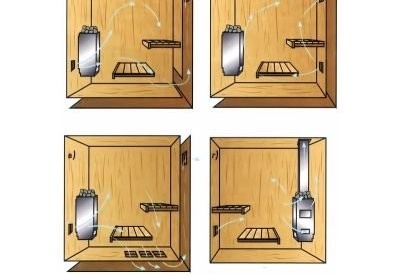
Depending on the configuration of the bath rooms, different methods for arranging the ventilation openings are used.
If the bath has a pool, do not forget to equip a ventilation system for it. Read more about this here:https://aquatech.tomathouse.com/en/vodosnab/font_bass/ventilyaciya-bassejna.html.
Preparing to install a ventilation system
After deciding on the use of one or another scheme of the ventilation system, it is required to perform its drawing. Using a simple pencil and a ruler on a sheet of paper, they indicate the locations of all the input and output channels, as well as boxes for organizing air flows.
When designing ventilation ducts, the following requirements are taken into account:
- inlet and exhaust ducts should be the same in length. Otherwise, a sufficient level of air circulation will not be ensured;
- the cross-sectional size of all channels must also be the same;
- it is impossible to place the inlet and outlet channels at the same level opposite each other, because in this case there will be no air circulation.
After drawing up the drawing, marking is carried out indoors. Using a tape measure and marker mark the points of the channel. The holes in the walls and partitions between the rooms are easily made with a special crown using an electric drill.
Tips for choosing and buying materials
For the manufacture of ventilation systems, they often use an ordinary plastic water or sewer pipe or a special galvanized metal pipe with a diameter of not more than 10 centimeters. An umbrella made of the same galvanized metal is installed on the exhaust pipe facing the roof of the bathhouse to protect it from getting inside the rainfall system.
On the input channels, which are located at or not far from the ground, it is necessary to install gratings to protect against the penetration of rodents and other small animals.
You should not forget about such useful things as flaps, which are used for manual adjustment of air circulation. The dampers can be mounted on ventilation ducts as an independent structural part.
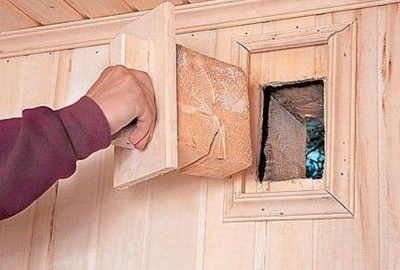
The ventilation opening is conveniently equipped with a damper, thanks to which you can independently adjust the air flow
Calculation of ventilation for baths of different sizes
When calculating the desired cross section of the duct duct, a well-known ratio is used: for each cubic meter of the volume of the premises, a ventilation duct (inlet and outlet) with a cross section of 24 cm is required2. Often use standard sewer pipelines made of polyethylene and having a diameter of 10 cm (the radius of the pipeline is 5 cm). The cross-sectional area of such a pipe is 3.14x52= 78.5 cm2. In order to calculate the ventilation of what volume of the room one box with such a section can provide, the obtained value of the box section must be divided by 24 cm2. We get: 78.5 / 24 = 3.27 m3.
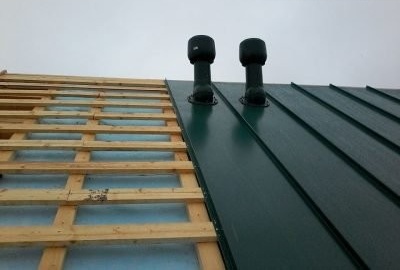
Through the ventilation pipe brought out, the air from the premises will be discharged into the street, giving way to fresh
Suppose that in the bathhouse the steam room is 2x2 m in size and the dressing room is 1x2 m. The ceiling height is the same everywhere and equal to 2 m. In total, the total volume of the rooms is 2x2x2 + 1x2x2 = 12 m3. Now we determine how many input channels will be required to ensure full ventilation of the premises when using the sewer pipeline: 12 / 3.27 = 3.7. We take the value equal to 4. That is, it is necessary to perform four input channels.
After determining the location of the channels, marking is made, drilling holes and mounting boxes.
Vent size
The cross-sectional area of the ventilation ducts depends on the size of the bath rooms: dressing rooms, steam rooms, showers and lounges. An important point is not only the correct determination of the channel cross sections, but also the possibility of their adjustment. For this, installation of plugs or gate valves is provided.
It is worth paying attention to the fact that with a large cross section of the channels, warming up the premises to the required temperature and then maintaining it will be a rather difficult task. The main reason for this is the lack or difficulty of adjusting the passage sections of the input channels.
The cross-sectional area of the ventilation ducts is calculated from the already mentioned ratio: 24 cm2 on 1 m3 premises. To ensure circulation, the exhaust duct can be made slightly larger than the inlet.
If the size of the channels is lower than the required values, there will be a problem with overheating of the premises and with an excess of harmful gases concentration.
Necessary tools
The following tools are required for mounting the ventilation system components:
- electric drill;
- wood / metal crown with a diameter of 100 mm;
- construction gun under the tube with sealant.
Step-by-step instruction: how to make ventilation in the bath yourself
The process of installing ventilation in the bath depends on the type of room in which the work is carried out.
Ventilation in the waiting room
The dressing room should be warm, dry and have enough fresh air. For this, it usually installs only one outlet ventilation duct. To increase air circulation, a fan is introduced into it. The channel is most often performed opposite the door to the steam room at a height of not more than 50 cm above the floor. Additionally, the ventilation duct is equipped with a plug, which closes when the bath is not in use.
In the case when the furnace door and the blower of the furnace are located in the dressing room, the inlet channel, which ensures the supply of air from the outside to the furnace, is necessarily executed. Typically, such a channel is mounted below the finishing floor of the dressing room. Installation is carried out before the boards are laid on the floor. Outside, a grille is necessarily installed on the entrance.
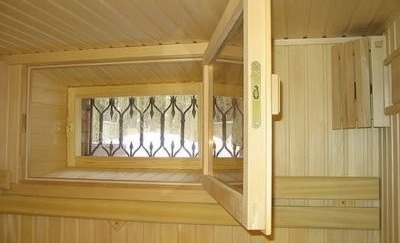
In the dressing room, most often they install only one ventilation output channel or simply open a window
How to make ventilation in a steam room
The ventilation system of the steam room has its own characteristics compared to other rooms, since the climatic conditions inside it are quite extreme. Despite the fact that usually the ventilation ducts are closed or completely closed during the procedures, ventilation should still be present to saturate the room with oxygen, remove carbon dioxide, ensure uniform heating and other tasks. For example, one of the most effective and widespread systems for steam rooms is ventilation "Bastu".
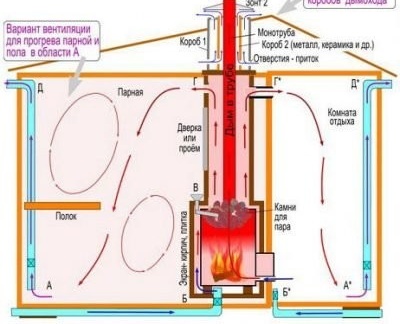
When a ventilation device of the "Bastu" type is installed in the steam room, fans and pumps are installed
Video: installation of ventilation valves in the steam room
How to make a hole in the wall of the log house
The whole process consists of several steps:
- Before you start drilling holes in the walls, a drill or a crown of the desired diameter is selected to make a hole, the diameter of which should be larger than the diameter of the pipe used, taking into account the thickness of the insulating material.
- The marking of the center of the channel is carried out at its location according to the drawing.
- Then, using an electric drill and a selected drill or crown, a through hole in the wall is made.
If the wall is made multilayer due to insulation, then the hole is made as follows:
- A hole is drilled through with a drill.
- Then the channel of the desired diameter is marked.
- Along the entire length of the marked circle, holes of small diameter are drilled.
- Then, with a chisel or a jigsaw, the jumpers are removed and internal fragments are removed.
Video: how to drill a hole in a wooden wall
Installation of pipes and grids
For the manufacture of ventilation ducts, it is better to use pipelines made of galvanized metal. In the case of pipes made of plastic, they must be designed to work at elevated temperatures in order to avoid destruction of the material.
The installation process itself consists of several stages:
- The pipe is wrapped with heat-insulating material and installed in a hole made. The gaps between the wall and the pipe are filled with sealant or polyurethane foam to provide protection against moisture.
- Next, protective grids are attached using self-tapping screws or industrial moisture-resistant glue.
In order to evaluate the operability of the ventilation channel, it is enough to bring a lit match, candle or smoldering wick to it. The direction and speed of the smoke can determine the efficiency of the mounted ventilation ducts. If the air speed is insufficient, it is recommended to install fans in the ducts.
Video: Bastu ventilation in the bath
During the construction of the bath, all engineering systems are thought out in advance. Sewerage is no exception. You can find out more about its arrangement here:https://aquatech.tomathouse.com/en/kanalizaciya/postrojki/kanalizaciya-dlya-bani-svoimi-rukami.html.
Still not sure if a bath system is required? And you don’t need to think, it is definitely required. But remember that the choice of ventilation system scheme will be determined based on many aspects of the design of the bath itself, as well as the personal preferences of the owner.
